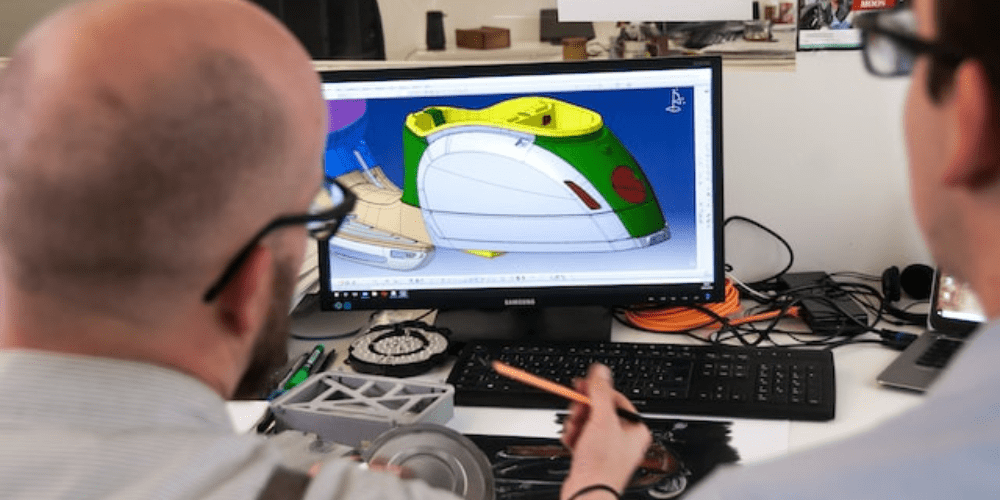Vacuum casting is an economical and cost-effective method to process liquids into shoes via silicone molds. The most commonly used materials are metal, rubber, or plastic, which are heated to the point that they can be easily molded into prototyping shapes.
The vacuum casting metal process is also known as the V-process. In this process, the designers mold various types of metals into a mold to form a prototyping shape to test for commercial purposes. It is often called the dry-cast sanding process that needs air extraction from the casting mold for results. The air extraction leads to a difference in the inside and outside mold pressure, forming a pattern on the metal.
It is important that the casting mold can withstand the melting metal during the steps. Sand is spread in layers over the top surface, and then the Vacuum seals it tight for the next steps. The final step includes removing the molds and putting the sand cores to finish the pouring. The result of this detailed process is prototyping solicited metal after cooling.
Useful metal types:
- Low medium and high carbon steel,
- Alloy steel,
- Duplex, precipitation, and stainless steel,
- Gray, ductile, and malleable cast iron.
Fundamental steps in the process of vacuum casting:
A few steps need observation and precision in the method to get the best vacuum casting requests. These important steps are mentioned below;
- Covering the pattern with a thin film of plastic,
- After that, place a Dansk over the plastic sheet and spread sand without the bind over the pattern,
- After that, position the second flask on the top so that the Vacuum can extract the air. It will refine the pattern, repeating it on each side of the mold.
- Make sure to keep the mold within the Vacuum while the pouring step.
- The Vacuum is taken off when the metal inside is solid and has the shape required. The sand will fall off after the vacuum pressure is taken out. It results in the casting release.
- The vacuum casting process is suitable and effective for large-scale and flat prototyping.
Additional benefits:
As mentioned above, the vacuum casting process is suitable for large-scale prototyping. Moreover, it provides more dimension and precision that support a high level of accuracy in the final product.
The sand spread over the plastic layer is clean from binding or additives. It makes the process and handling of sand easier. Moreover, the cleaning process of vacuum casting is far easier than other processes. It also limits the reduction of any harmful gas during the process.
Real-time examples:
Vacuum casting supports large-scale production capacity. It is useful for high-quality and high-performance industrial-level complex structures. It is implemented in most complex industries of the economy, including the production of rail trains, heavy-duty trucks, automotive, logistics, agricultural equipment, and engine systems.
Vacuum casting is the detailed oriented process of melting the metal and then shaping it through the casting process. It involves pressure and tension between the mold to keep the molten metal in place as it soldiers to a particular shape. This process is useful for heavy industrial products and supports precision and accuracy in the final product.
